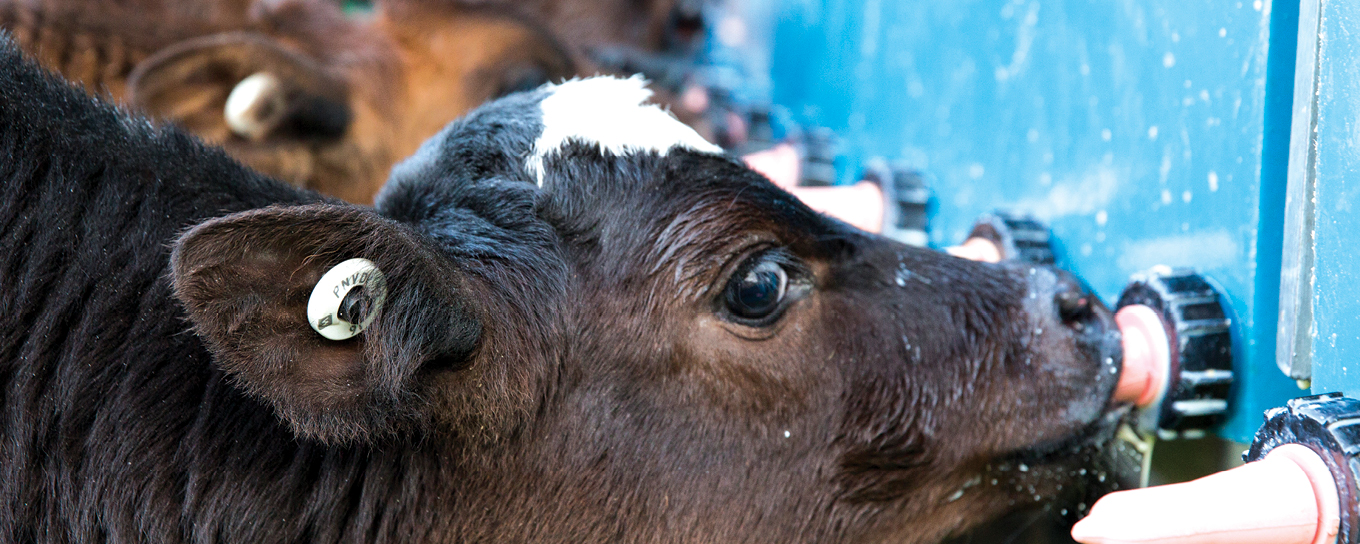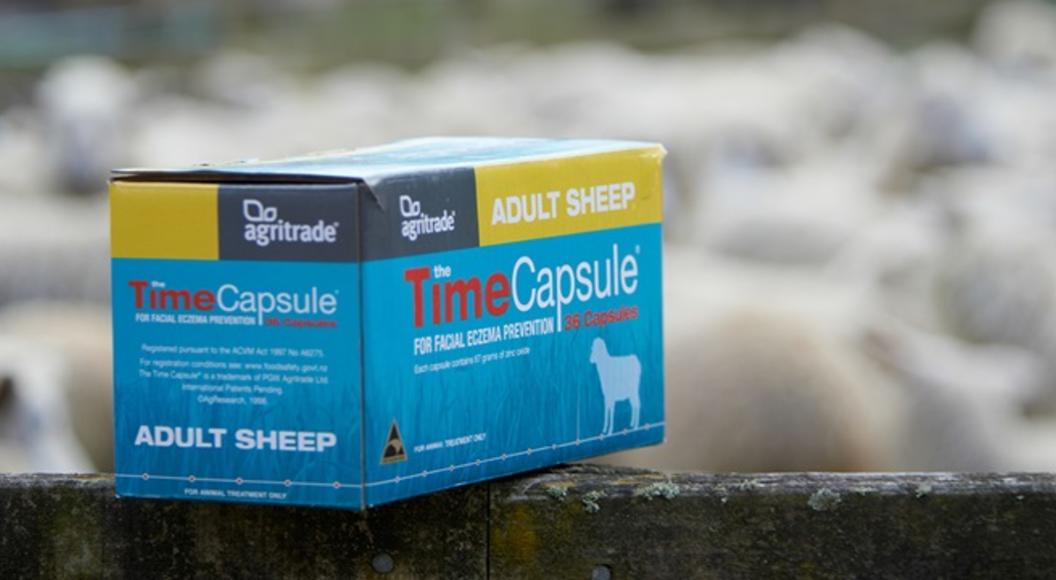
Liquid feeding in calves
A successful calf feeding framework transitions the calf from a pre-ruminant reliant on milk, to a healthy weaned calf with a functional rumen able to digest pasture. In this article, part one of a two-part series, the focus is on the intensive liquid feeding phase of the calf feeding framework.
Successful calf rearing is informed by the following key feeding objectives: healthy calves, optimal growth, transition to becoming a functional ruminant and successful weaning.
The first and foremost component to ensure healthy calves is optimisation of passive transfer from the dam via provision of good quality, gold colostrum at a rate of 10 percent of Birth Body Weight (BBW) ideally within 6 to 12 hours after birth. Continued feeding of transition milk (second and third milkings after calving) is recommended in the first few days of the calf’s life. Transition milk is incredibly rich and helps keep young calves healthy and well nourished.
As demonstrated in the framework, all calves of all ages require free choice access to good quality, clean, palatable water. Daily water intake of a calf is 15 percent of body weight, for example, a 40 kg calf requires 6 L per day, this is in addition to liquid feed. All calves also require free choice access to a quality, high protein calf starter meal.
In the first three weeks of life, the calf’s rumen is physically underdeveloped and physiologically non-functional¹. At the same time, the calf is unable to regulate its own body temperature² so the best choice to achieve optimal growth is liquid feed. There are several options available: casein-based milk replacers, whey-based milk replacers, waste milk, transition milk, or whole milk. All options make for excellent calf feed. The choice of which liquid feed works can be determined by what is available and suitable for the calf-rearing programme.
During the first three weeks of age, the more liquid feed consumed by a healthy calf, the more growth can be expected. On that basis, the recommendation to optimise growth is to provide liquid feed at 17 to 20 percent of BBW. Theoretically, this would translate to free choice consumption for the first three to four weeks of life. After the animals are bigger and more robust, the liquid feed component can be reduced to 10 percent of BBW (that is, one feed per day). This reduction in liquid feed will also serve to encourage starter intake.
In the first ten to fourteen days of age, a little calf is likely to consume approximately five percent of body weight per feeding session. To optimise intake and growth, increasing feeding frequency is recommended.
Attention to detail becomes incredibly important in sheds where there is variability in weights of the calves being fed. For example, if little Wagyu or Jersey calves (20 kg BBW) are fed the same regime as a Holstein Friesian calf (40 kg BBW), the risk for nutritional scours and rumen drinking³ in the smaller animals is high.
Don’t miss out on the second article of this series discussing rumen development in next month’s Rural Diary.
For more assistance with reviewing the liquid feeding programme on your farm, contact your local PGG Wrightson Technical Field Representative.
¹ Kahn et al., 2011 JDS 94:1071-1081.
² Arieli et al., 1995 JDS 78:1154-1162.
³ Rumen drinking is caused by the failure of the reticular grove reflex, and results in rumen acidosis in calves on a liquid diet. J. Quigley CalfNote #113.


